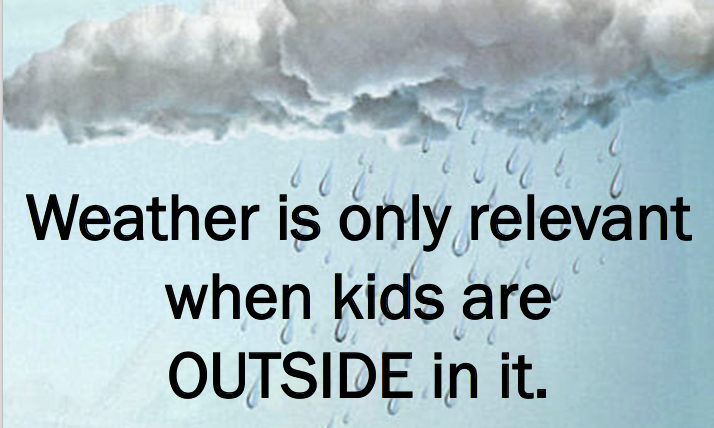
Focus on children's real needs, not adult classroom habits.
When I walk into an early childhood classroom, I look for promising signs of play, like giant cardboard boxes, dress-ups clothes, and a bit of mess. What I often see are the Big Three: Behavior Charts, Calendars and Weather Charts. That's a sign of trouble.
These three charts have got to go.
Young children have so much learning to do. These three charts take up time and get in the way of meaningful social/emotional and cognitive development. Calendars, weather charts and behavior charts may be popular classroom habits, but popular doesn't make them right.
Let's take a look at each one:
The Calendar
Teaching calendar time steals time. Time kids could be doing other things that are more developmentally appropriate. Experts who study human notions of time say calendar study has no meaning for children younger than first grade, and that holds true for many kids even at ages 7, 8 or beyond (see more in It's OK to Go Up the Slide). Their brains simply aren't ready. If you're hoping to introduce counting or other math and sequencing ideas, do it through songs (Five little monkeys) and play itself. Take the giant calendar off the wall.
The Weather Chart
Weather is only relevant to children when they are outside in it. So recycle that weather chart with its clouds and suns, and GO OUTSIDE. Kids will notice it's raining if they get wet. They might also notice some worms and puddles. Kids don't sit around chatting about the weather the way adults do - unless there's something cool to talk about, like a thunderstorm or a blizzard. Invest in a sturdy raincoat yourself, and don't bother about days that are drizzly. After all, a real rainbow is much more exciting than a picture of a rainbow.
Behavior Charts
These charts are creeping into classrooms at an astounding pace. From green-yellow-red stoplight charts, to rainbow colors, sad cloud faces, and more, these public behavior charts are on many preschool and elementary classroom walls. Way too many.
Children typically have a clip marked with their name, and the clip gets moved from the "good" category down, and possibly further down, during the course of the day. Offenses like wiggling, talking, being bored and being a young child get lumped in with legitimate behavior conflicts like hurting someone.
Understanding good social behavior - and DOING it - takes time to learn. The process isn't straightforward like a clip going down the chart. Human relationships and dealing with big feelings and conflicts is a messy, organic process. Kids can do it, but they need real-world practice and our guidance to learn emotional competence and conflict mediation skills. These skills are huge; they are the essence of any early childhood learning. Behavior charts use shaming, compliance without understanding, and threats (taking recess away). They do not teach skills. They do not change behavior overall. They do not teach children the real-life, essential skills they need to be successful. And too often, the reason kids are poking, talking and restless is that the adult-directed lesson is not a good match. Better go outside and play.
More blog posts
How to Find a True Play-based Preschool
Behavior Charts = Poor Adult Behavior
Books
It's OK Not to Share and It's OK to Go Up the Slide
What's on your walls? What would happen if you took these charts down? What would your ideal early childhood classroom look like?

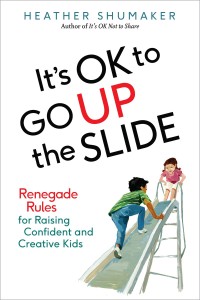
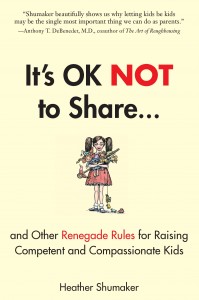
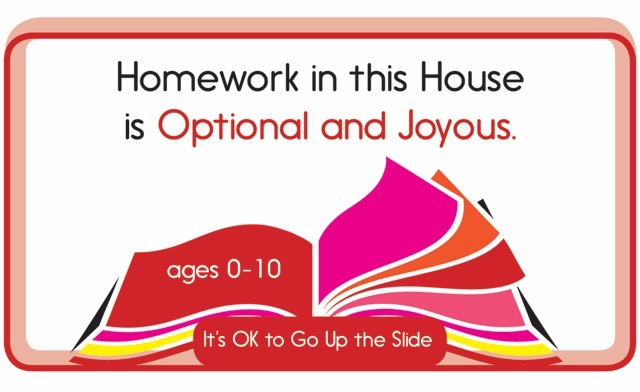
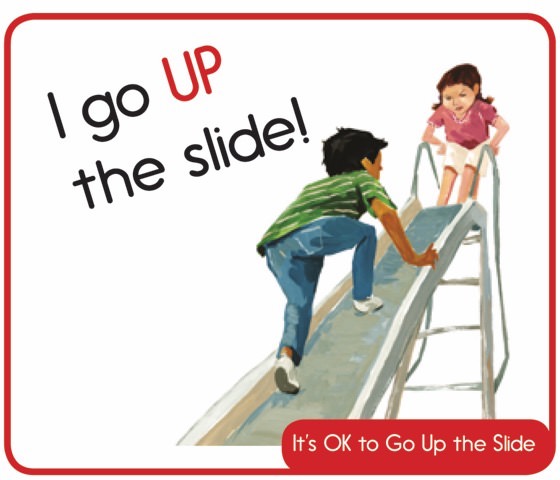
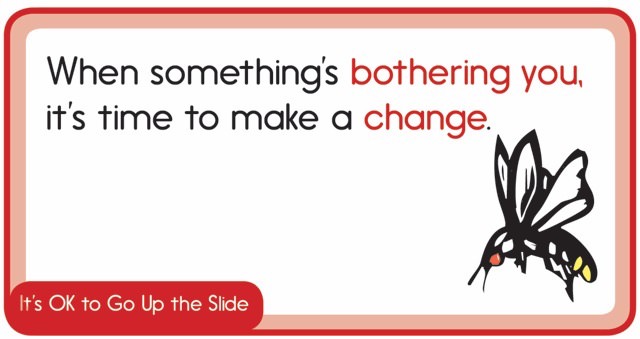
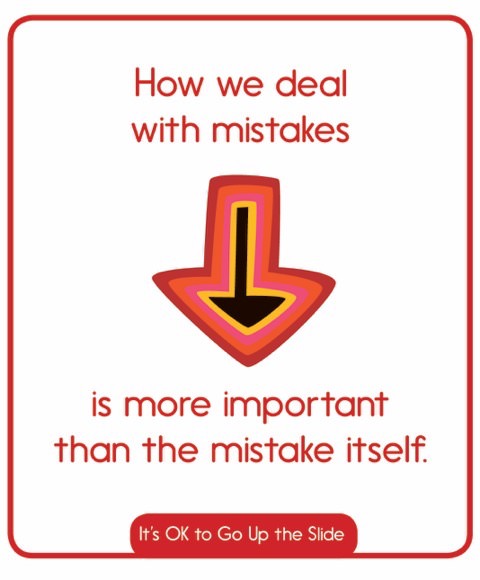
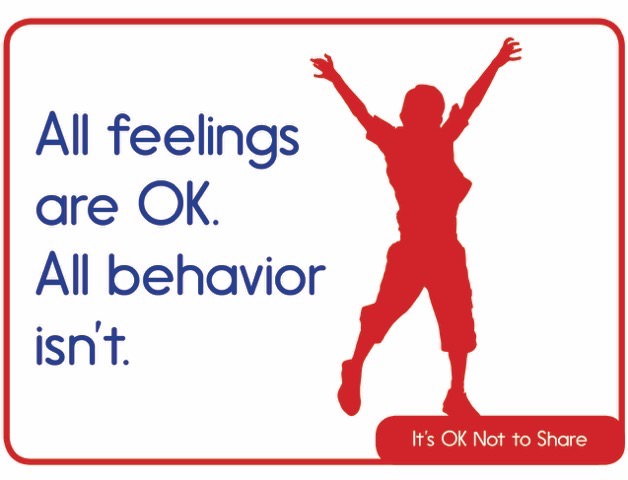
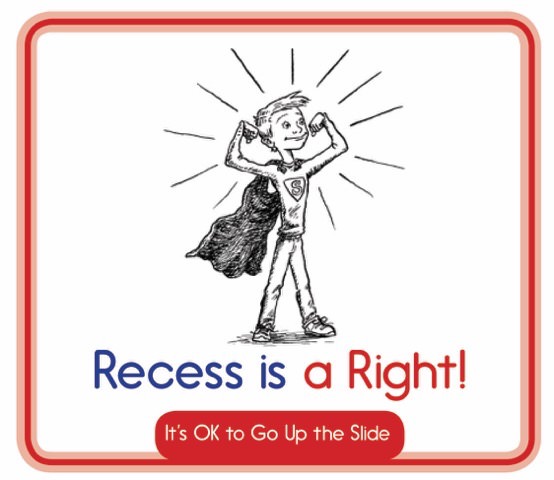
Each post is a lesson in common sense to we parents and teachers. Interesting stuff. I'd never guess a weather chart is meaningless (or irrelevant) to a younger child. Makes sense though.
Chris